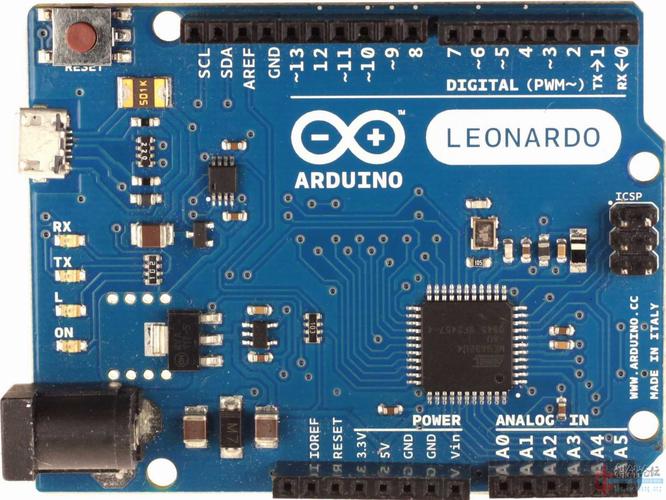
Exploring the Arduino Leonardo ETH: A Comprehensive Guide
The Arduino Leonardo ETH is a microcontroller board that has gained popularity among hobbyists and professionals alike. It combines the versatility of the Arduino Leonardo with the power of Ethernet connectivity. In this detailed guide, we will delve into the various aspects of the Arduino Leonardo ETH, including its features, specifications, and practical applications.
Features of the Arduino Leonardo ETH
One of the standout features of the Arduino Leonardo ETH is its Ethernet connectivity. This allows you to easily connect your Arduino to a local network or the internet, enabling you to send and receive data over the network. Here are some of the key features of the Arduino Leonardo ETH:

- Ethernet Connectivity: The board features a built-in Ethernet module that supports 10/100 Mbps connectivity.
- ATmega32U4 Microcontroller: The Arduino Leonardo ETH is powered by an ATmega32U4 microcontroller, which offers 32KB of flash memory and 2.5KB of SRAM.
- USB Connectivity: The board can be connected to a computer via USB for programming and debugging.
- Multiple Analog Inputs: The Arduino Leonardo ETH has 12 analog inputs that can be used to read analog signals from sensors or other devices.
- Digital I/O: The board has 20 digital input/output pins, 7 of which can be used as PWM outputs.
- Power Supply: The Arduino Leonardo ETH can be powered via USB or an external power supply.
Specifications of the Arduino Leonardo ETH
Here is a table summarizing the key specifications of the Arduino Leonardo ETH:
| Specification | Details |
|---|---|
| Microcontroller | ATmega32U4 |
| Flash Memory | 32KB (ATmega32U4) |
| SRAM | 2.5KB (ATmega32U4) |
| EEPROM | 1KB (ATmega32U4) |
| ADC Resolution | 10-bit (Analog Inputs) |
| DAC Resolution | 8-bit (DAC) |
| UART | 1x (ATmega32U4) |
| USB | 1x (ATmega32U4) |
| Ethernet | 10/100 Mbps |
| Power Supply | 5V via USB or external power supply |
Practical Applications of the Arduino Leonardo ETH
The Arduino Leonardo ETH is a versatile board that can be used for a wide range of applications. Here are some practical examples:
- Home Automation: You can use the Arduino Leonardo ETH to create a home automation system that controls lights, thermostats, and other devices over the network.
- Remote Monitoring: The board can be used to monitor environmental conditions, such as temperature and humidity, and send the data to a remote server or device.
- IoT Projects: The Arduino Leonardo ETH is an excellent choice for building IoT projects that require Ethernet connectivity.
- Robotics: You can use the board to control robots and other automated devices over the network, allowing for remote operation and control.
Programming the Arduino Leonardo ETH
Programming the Arduino Leonardo ETH is straightforward, thanks to the Arduino IDE. Here are the steps to get started:
- Install the Arduino IDE: Download and install the Arduino IDE from the official Arduino website.



